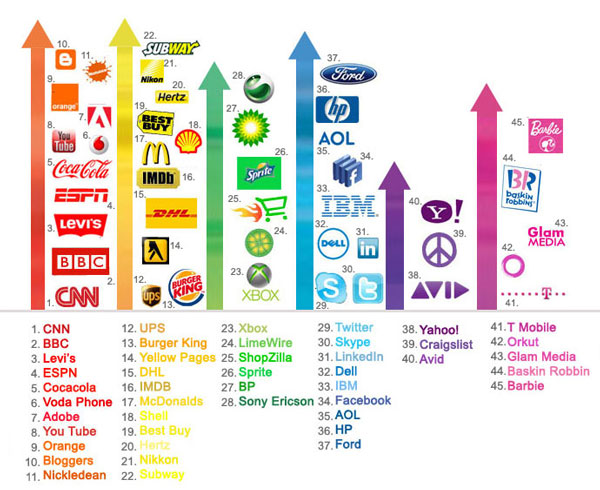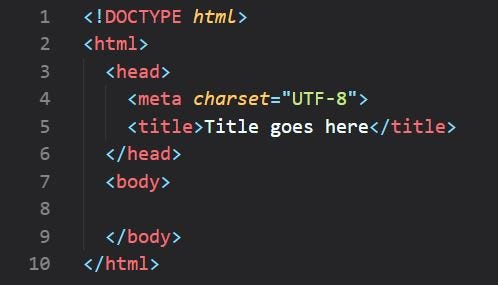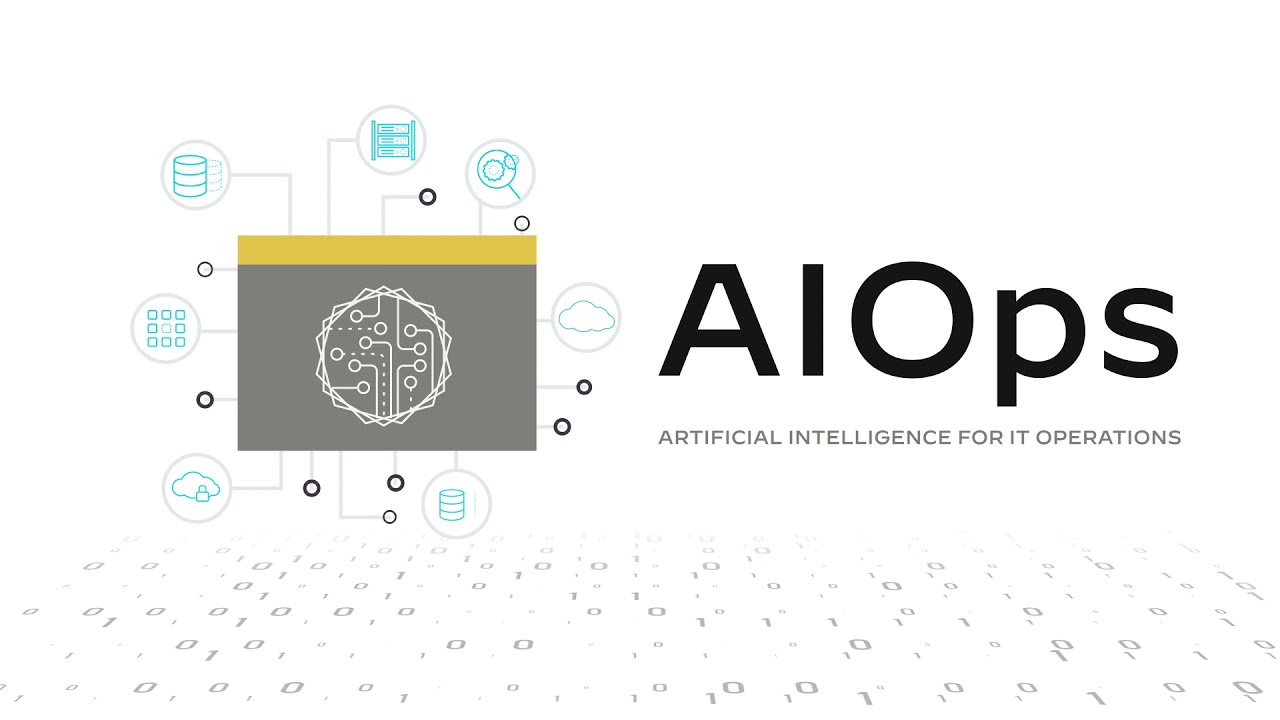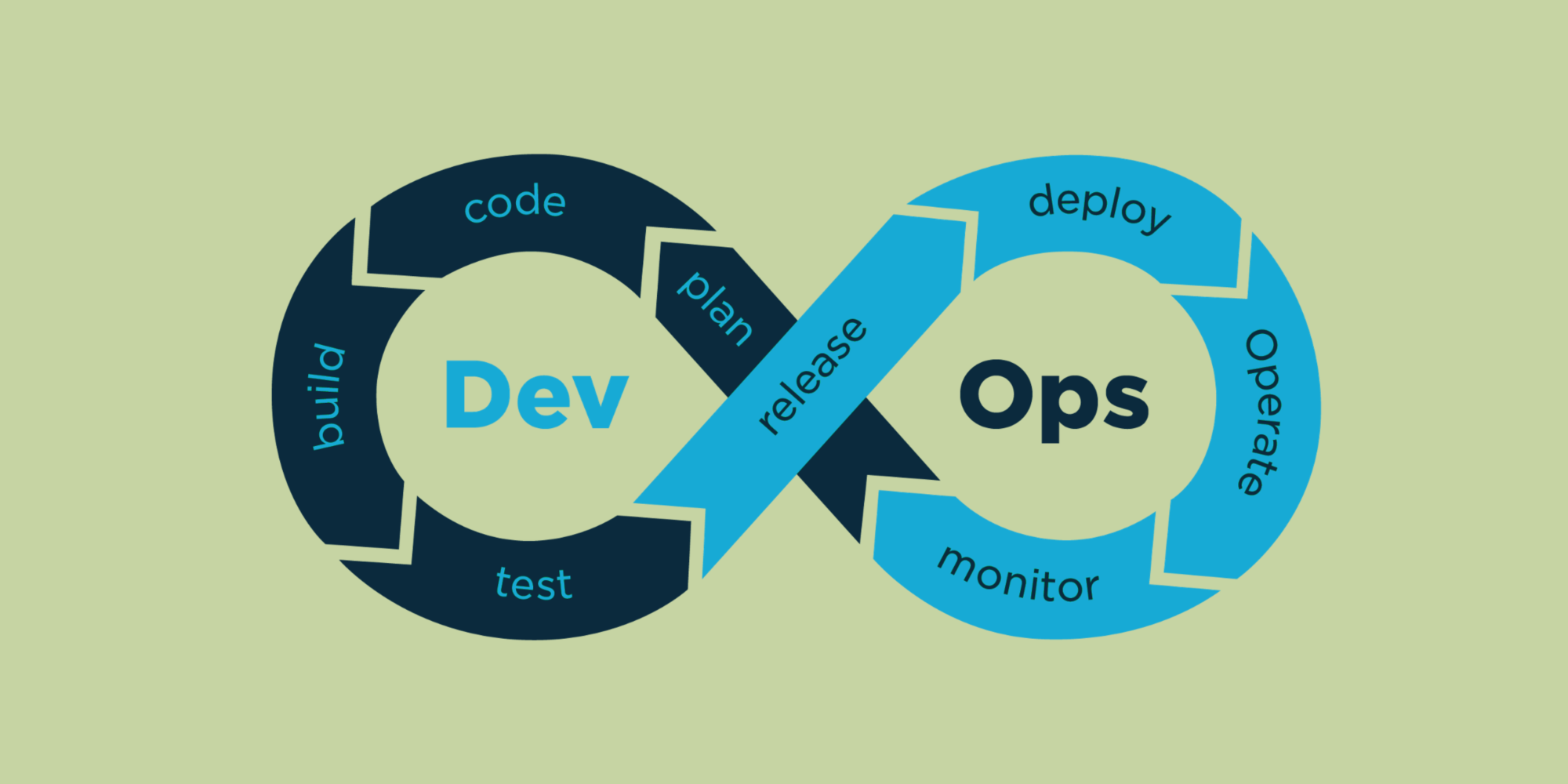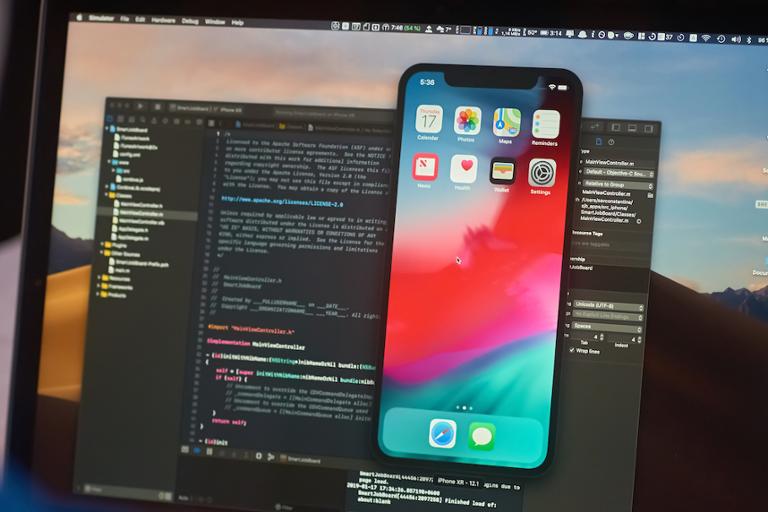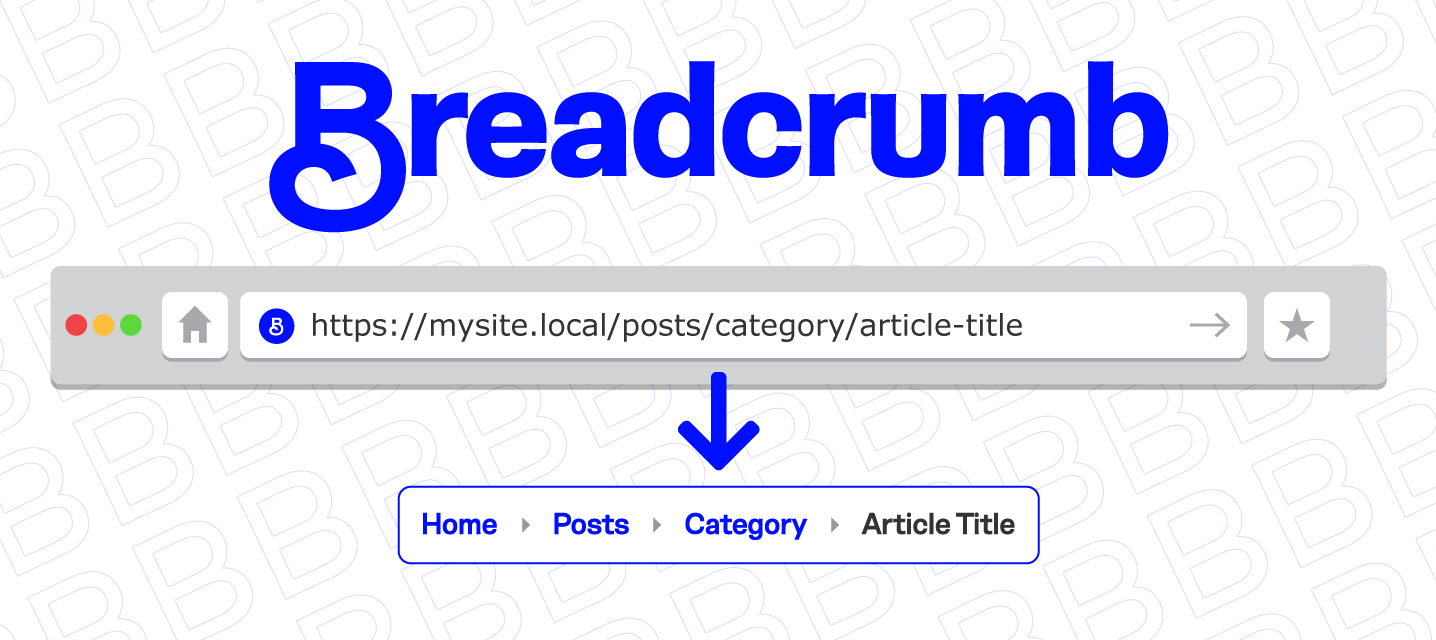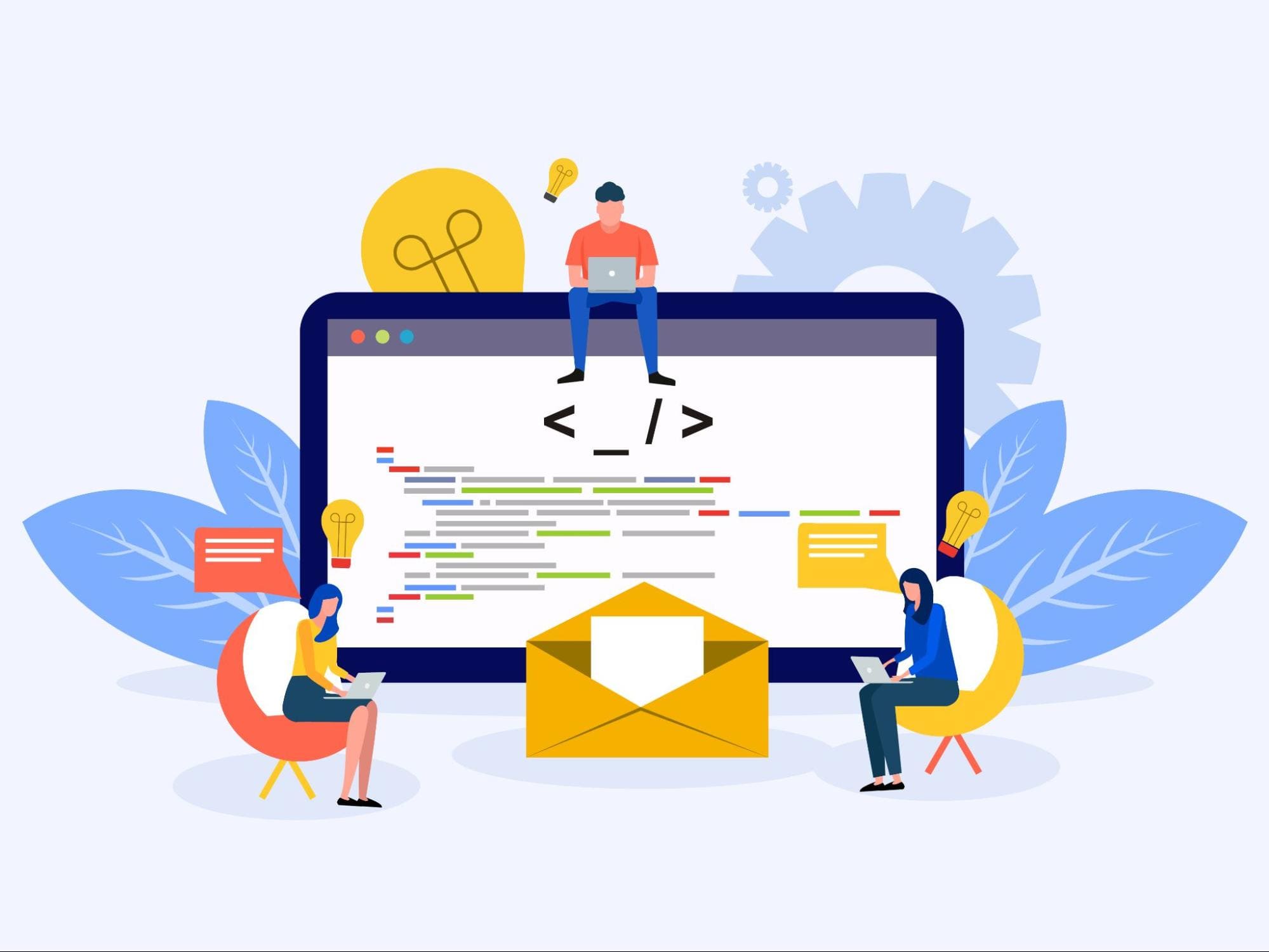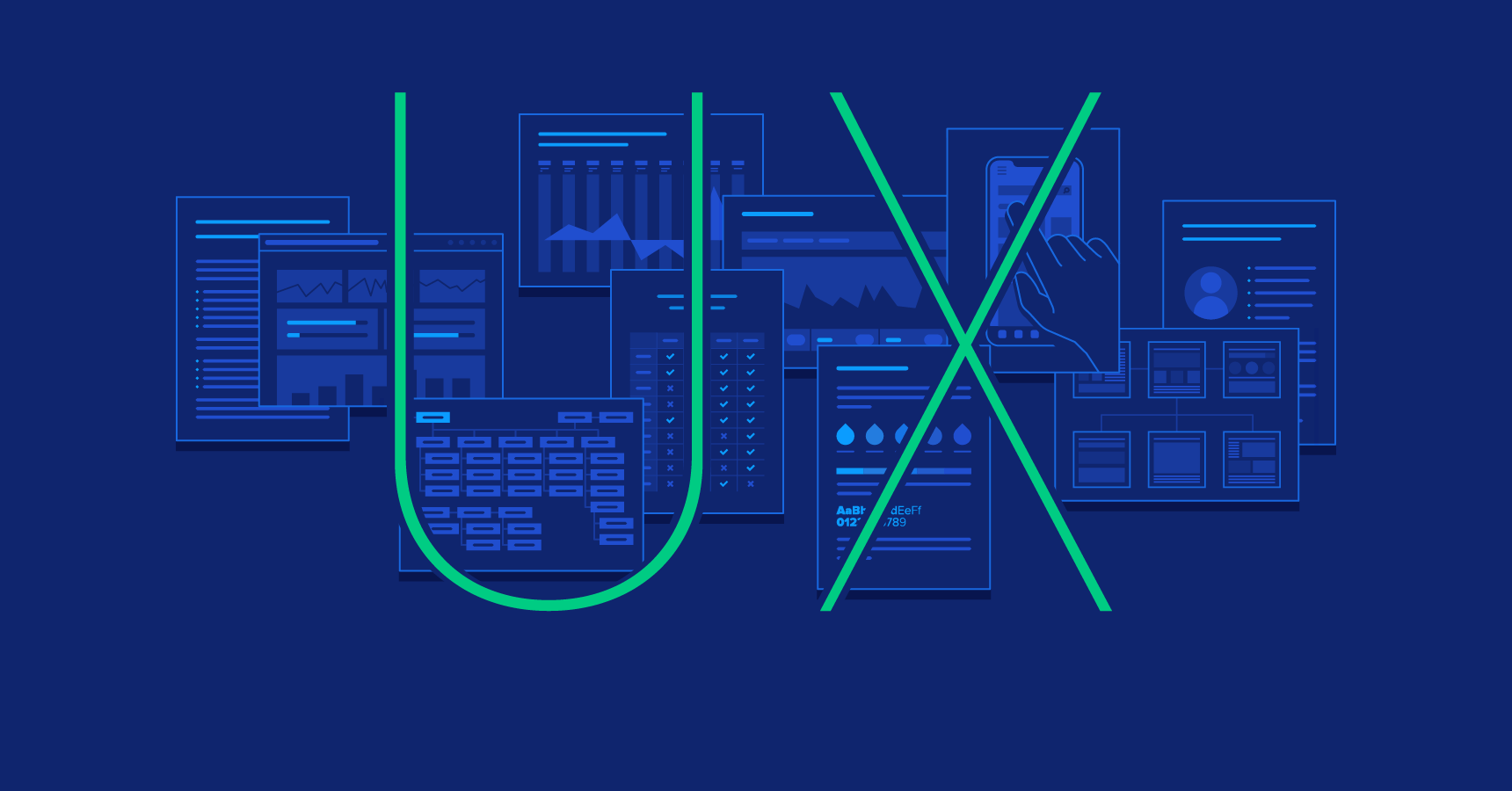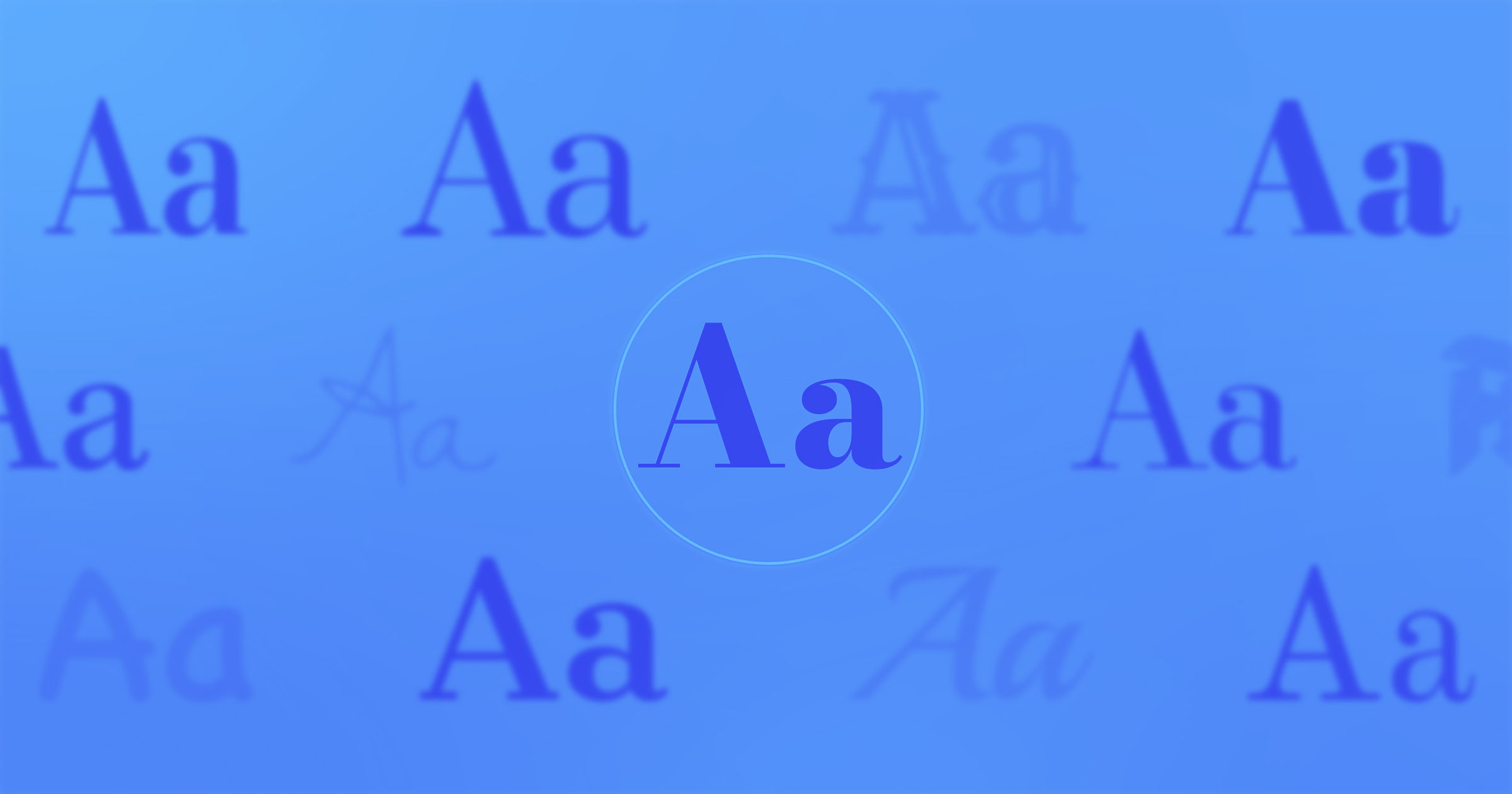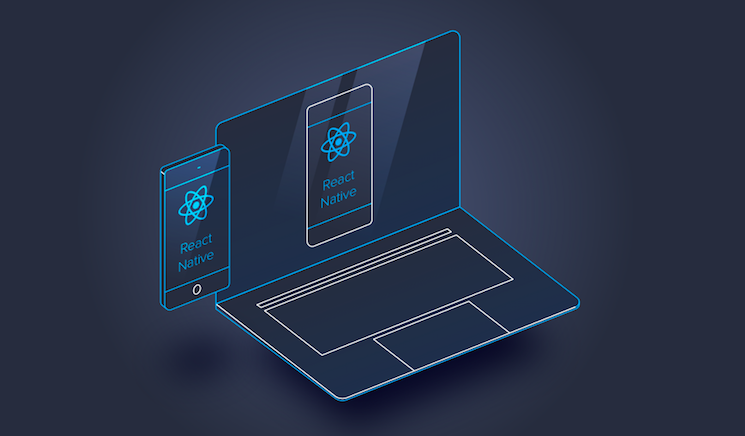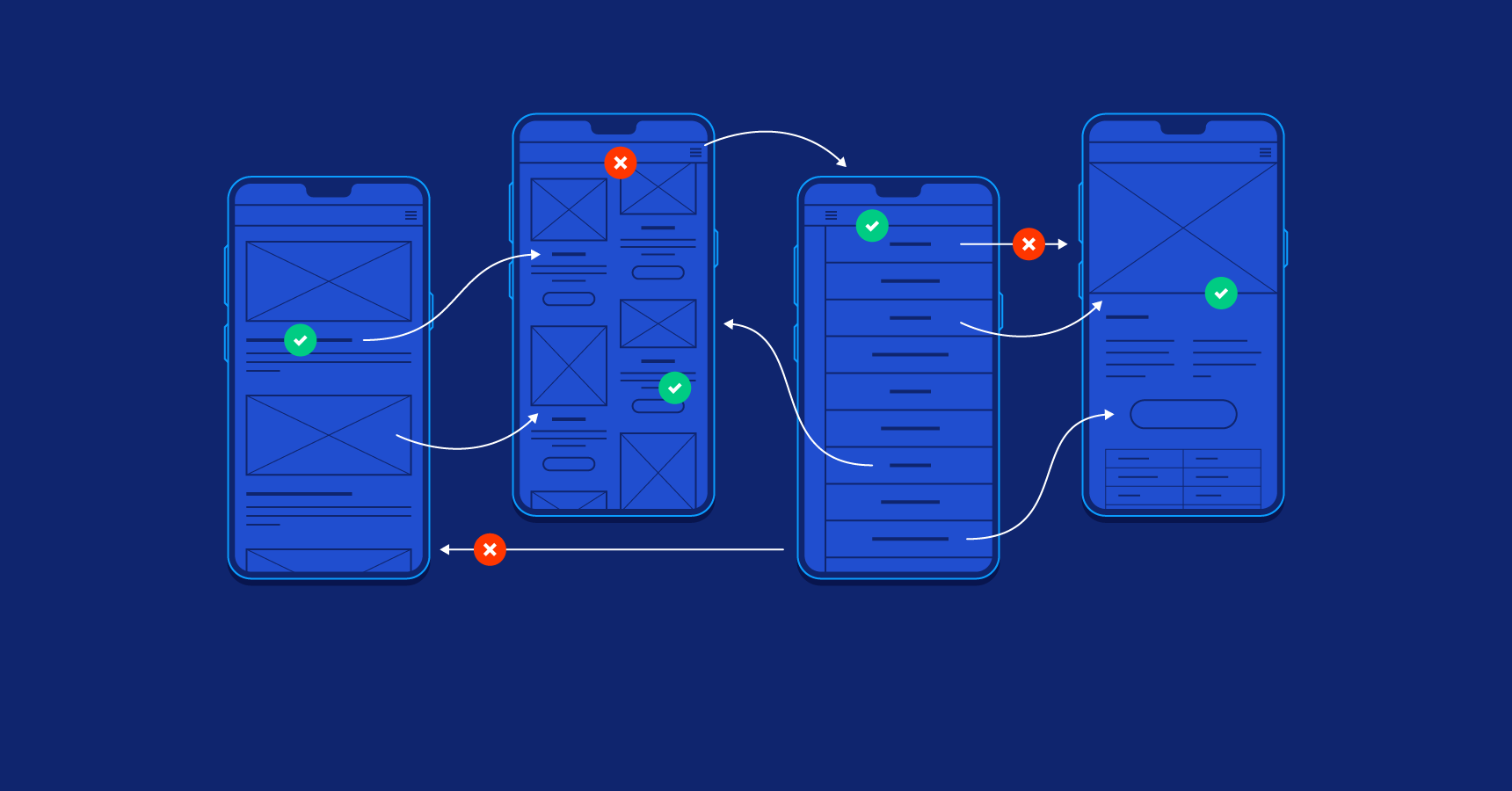Flutter: A Universal Tool for App Development

Flutter is an open-source framework for developing cross-platform applications, created by Google. It allows for the creation of native applications for iOS, Android, web, and desktop systems using a single codebase. First introduced in 2017, Flutter quickly gained popularity due to its performance, ease of use, and rich user interface capabilities.
The first public release of Flutter occurred in 2017 at the Google I/O developer conference. In 2018, Flutter 1.0 was released, marking the first stable release. In the following years, Flutter received numerous updates and improvements, expanding its functionality and increasing the number of supported platforms. In 2020, Flutter 2.0 was released, adding support for web and desktop systems.
Key Features of Flutter
Cross-Platform Capability: Flutter allows for the creation of applications for iOS, Android, web, and desktop systems using a single codebase. This significantly reduces the time and resources needed for application development and maintenance.
High Performance: Flutter uses its own rendering engine, which ensures high performance and smooth operation of applications. Apps built with Flutter run at native speed, making them competitive with native solutions.
Hot Reload: The hot reload feature allows developers to instantly see changes in the code without needing to restart the application. This speeds up the development process and simplifies testing.
Reactive Programming: Flutter uses a reactive programming model, which simplifies the creation of complex user interfaces and state management.
Rich Set of Widgets: Flutter provides many ready-made widgets for creating beautiful and functional interfaces. Flutter widgets can be easily customized and combined to create unique designs.
Dart: Flutter applications are written in the Dart programming language, developed by Google. Dart offers a simple syntax, high performance, and excellent support for asynchronous programming.
Examples of Using Flutter
Mobile Applications: Flutter is widely used for developing mobile applications due to its cross-platform capability and high performance. Many companies have chosen Flutter to create their mobile products.
Web Applications: With the release of Flutter 2.0, it became possible to develop web applications using the same codebase as mobile applications. This allows for easy migration of existing apps to the web.
Desktop Applications: Flutter supports the development of applications for Windows, macOS, and Linux, making it a versatile tool for creating applications of any complexity.
Prototyping: Thanks to the hot reload feature and the rich set of widgets, Flutter is an excellent tool for rapid prototyping and design experiments.
Advantages of Flutter
- Single Codebase: The ability to use one codebase for different platforms significantly saves time and resources.
- Rapid Development: The hot reload feature and ease of widget use speed up the development process.
- High Performance: Applications built with Flutter operate at native speed, providing smooth and responsive performance.
- Large Community: Flutter has an active developer community, numerous learning materials, and extensive documentation.
Disadvantages of Flutter
- App Size: Applications built with Flutter can be larger in size compared to native applications.
- Limited Native Function Support: Despite the ability to use platform channels to access native APIs, some specific functions may be challenging to implement.
- Framework's Youth: Although Flutter is rapidly evolving, it is still young compared to more mature frameworks and may encounter some instabilities and limitations.
Flutter is a powerful and versatile tool for developing cross-platform applications, offering numerous advantages such as a single codebase, high performance, and ease of use. Its capabilities allow for the creation of applications for various platforms with minimal time and resource investment. Each year, Flutter continues to grow and gain popularity, becoming one of the leading tools for developing modern applications.







